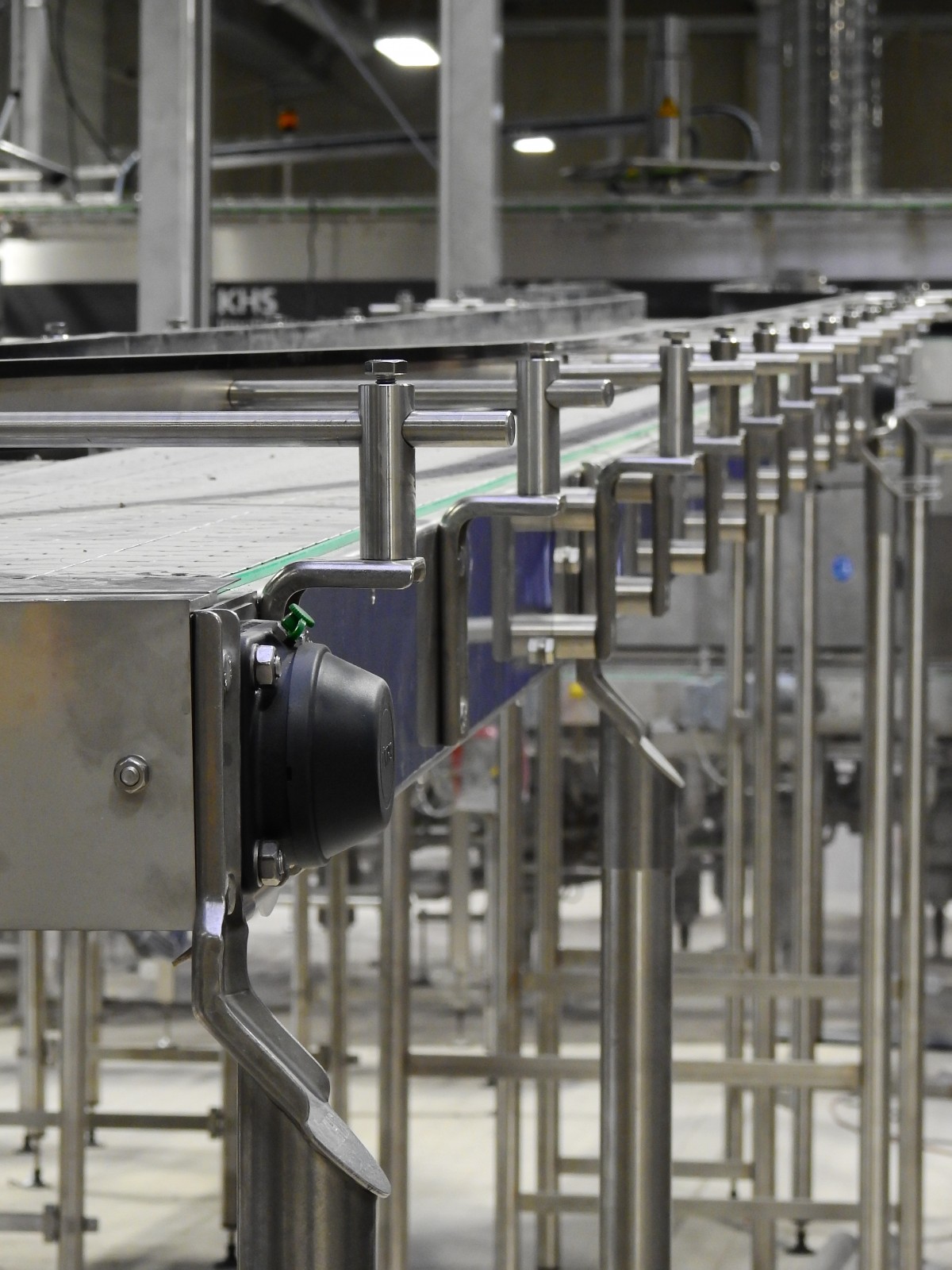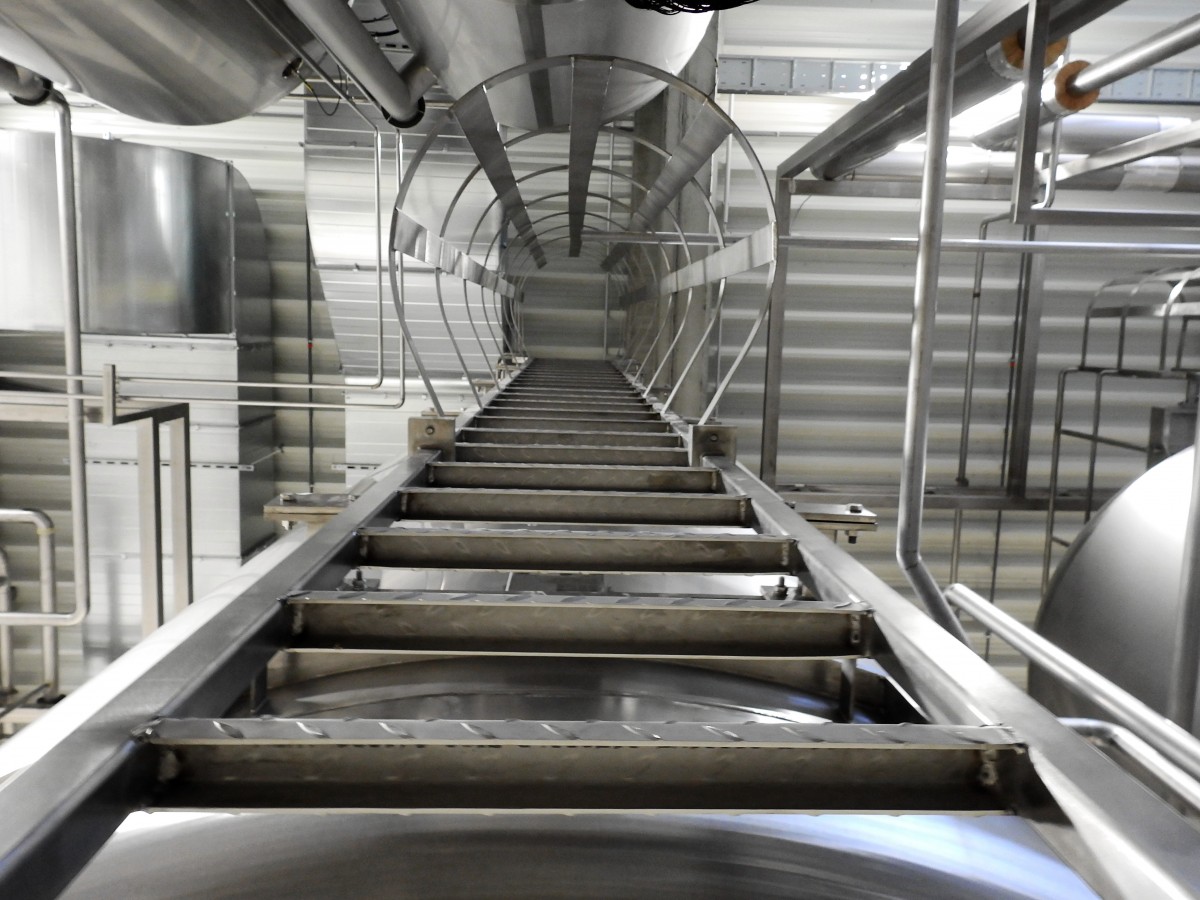
Conveyor belts are the unsung heroes of modern industry, quietly facilitating the seamless movement of goods and materials across production lines. From manufacturing plants to distribution centres, these mechanical marvels play a pivotal role in boosting operational efficiency. If you’re looking to optimize your industrial processes, understanding the ins and outs of conveyor belts is essential. This guide covers the various types of conveyor belts, their maintenance, and the critical role of professional support.
Types of Conveyor Belts
Flat Conveyor Belts
Flat conveyor belts are the most commonly used type in industries. They are ideal for transporting products in a straight line and are highly versatile. These belts are often found in packaging, manufacturing, and food processing industries.
Modular Conveyor Belts
Made of interlocking plastic segments, modular conveyor belts are perfect for complex configurations that require frequent cleaning and maintenance. They offer flexibility and are suitable for applications where hygiene is a priority, such as in the food and beverage industry.
Positive Drive Conveyor Belts
Positive drive conveyor belts are designed to prevent slippage, ensuring precise movement of materials. These belts are particularly useful in industries that require consistent and controlled transport, such as in pharmaceuticals and food processing.
Cleated Conveyor Belts
Equipped with vertical cleats, these belts help in moving products up steep inclines and are perfect for transporting bulk materials. Industries like agriculture and mining commonly use cleated conveyor belts.
Importance of Regular Maintenance
Proper maintenance of conveyor belts is crucial for their longevity and efficiency. Neglecting maintenance can lead to unexpected downtimes, reduced productivity, and increased operational costs.
Routine Inspections
Regularly inspect your conveyor belts for signs of wear and tear, such as fraying edges, cracks, or unusual noises. Early detection of issues can prevent minor problems from escalating into major failures.
Cleaning and Lubrication
Keeping your conveyor belts clean is vital to avoid damage from debris. Use appropriate cleaning agents and methods based on the belt type and materials transported. Proper lubrication of moving parts reduces friction and wear, extending the belt’s lifespan.
Tension and Alignment
Ensure that your conveyor belts have the correct tension and alignment. Overly tight belts can cause excessive strain, while loose belts can lead to slippage. Regularly check and adjust tension and alignment to maintain optimal performance.
The Role of Power Transmission and Bearings

Power transmission components and bearings are essential for the smooth operation of conveyor belts. Efficient power transmission minimizes energy loss, while well-maintained bearings reduce friction and enable smooth rotation.
Power Transmission
Inspect drive components, including motors, pulleys, and chains, for signs of wear. Replace damaged parts promptly to maintain efficient power transmission and prevent operational disruptions.
Bearings
Bearings play a critical role in reducing friction between moving parts. Regularly inspect bearings for unusual noises or excessive heat, and ensure proper lubrication to prevent costly breakdowns.
The Value of Professional Maintenance
While routine maintenance can often be performed by in-house teams, complex inspections and repairs should be handled by professionals. Experts have the knowledge and tools to diagnose issues accurately and provide tailored solutions, ensuring your conveyor belts remain in peak condition.
Industrial Supplies for Uninterrupted Operations
Maintaining a stock of essential industrial supplies, such as spare conveyor belts, power transmission components, and bearings, is crucial for minimizing downtime. Having these supplies readily available ensures that repairs can be carried out promptly, keeping your operations running smoothly.
Moving Forward
Conveyor belts are integral to the efficiency and productivity of many industrial operations. Understanding the different types of belts, prioritizing regular maintenance, and ensuring the efficient performance of power transmission components and bearings are key to maximizing productivity and minimizing downtime. While routine maintenance can often be performed by your team, don’t hesitate to seek professional assistance for complex tasks and repairs.
Investing time and resources in proper conveyor belt maintenance and management will drive your business forward, ensuring smooth and efficient operations. By staying proactive and attentive to the needs of your conveyor systems, you can achieve greater productivity, reduce operational costs, and maintain a competitive edge in your industry.
